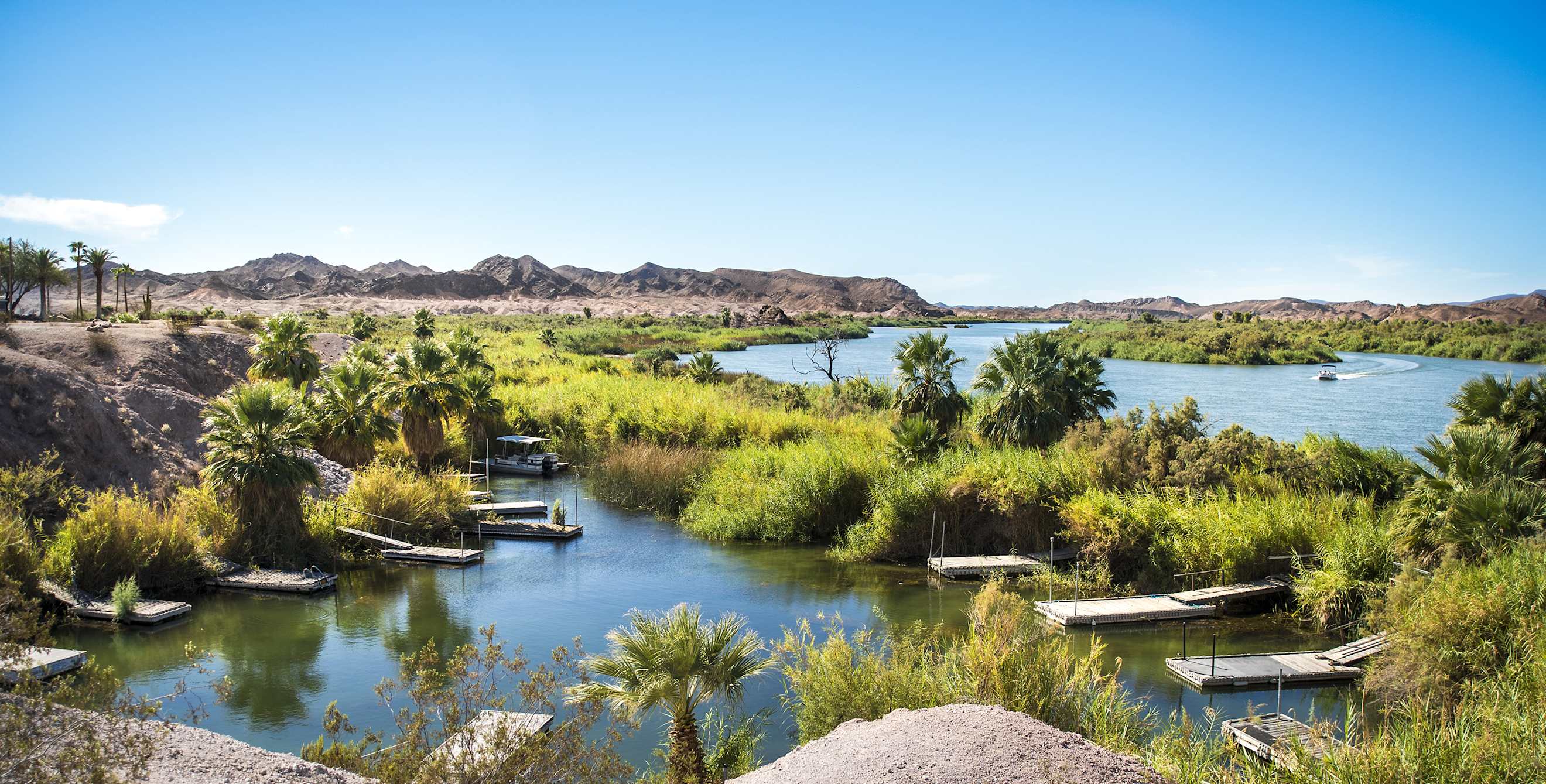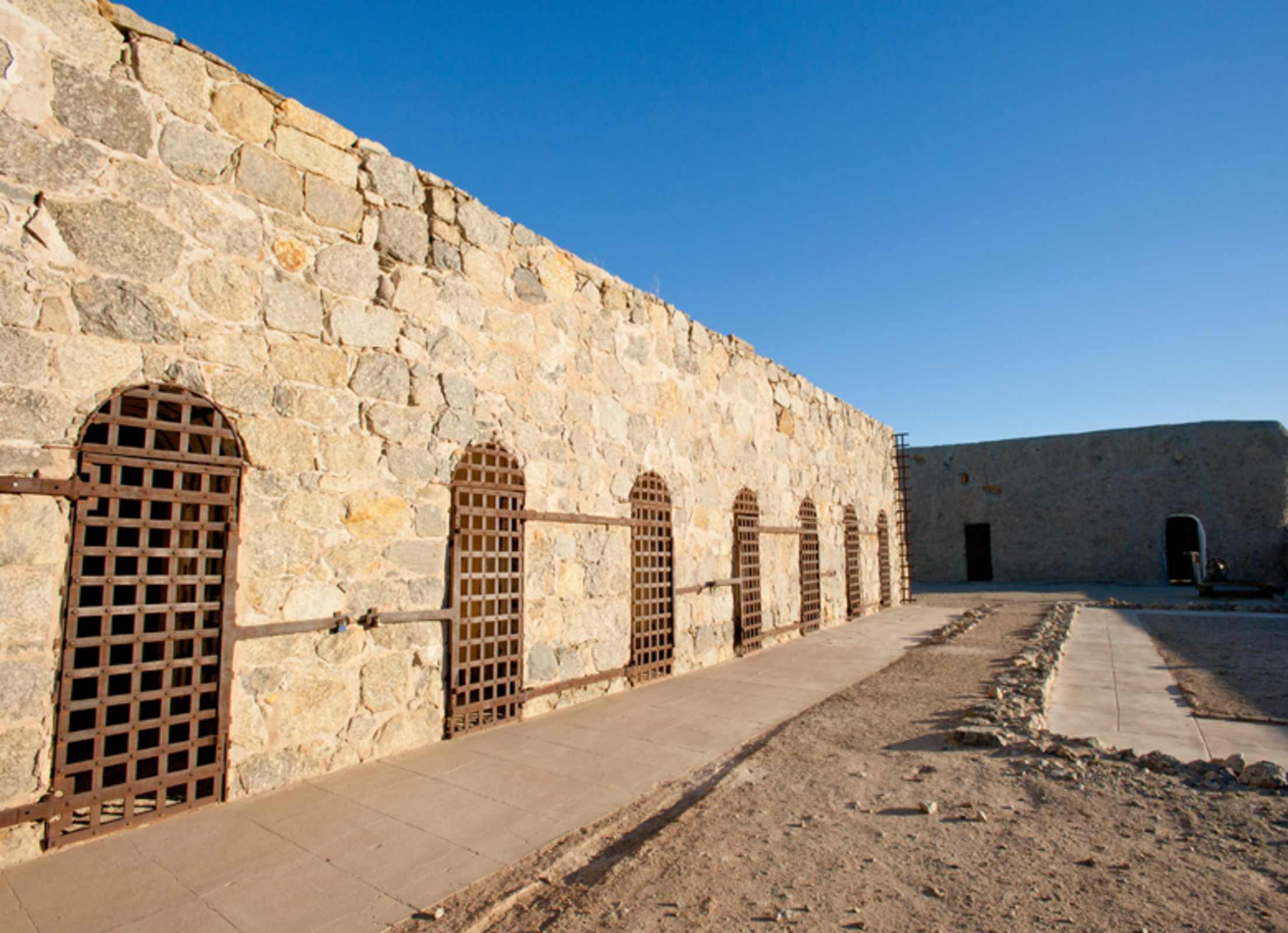
Yuma, Arizona is so Much More Than a Pit Stop
Discover the historic and contemporary charms of this southwestern city.

Locals will admit that Yuma is too often a quick stop on Interstate 8 for fuel and snacks on the way to the beaches of San Diego. That's a shame because the self-proclaimed "Sunniest City in the World" is a destination on its own.
A Quick History Lesson
Yuma is located on the banks of the Colorado River in the extreme southwestern corner of Arizona, sharing a border with California and Mexico. It was first settled in 1540 by Spanish explorers who encountered Yuman Indians, ancestors of the present-day Quechan and Cocopah tribes.
Following the 1849 Gold Rush, Yuma became a strategic military site for the U.S. Army, supplying posts in Arizona Territory and beyond. After the Gadsden Purchase, Yuma became a part of the United States. Today, the year-round population of Yuma is around 93,000, although winter visitors swell the ranks another 80,000 or so.
The military and the Colorado River still figure prominently in the city's identity, but agriculture also defines Yuma. You won't drive the roads very long before you inhale the loam of farmland or meet a John Deere. Yuma famously grows the majority of the nation's winter lettuces, among 200 vegetables including squash, zucchini, and cauliflower, along with medjool dates—all crops that love the Mediterranean climate.
Alcatraz of the Desert
The Yuma Territorial Prison State Park, located on the historic downtown riverfront, is the town's best-known attraction. Dating from 1876, the massive granite and iron behemoth, much like its notorious San Francisco counterpart, is surrounded by the Colorado and Gila rivers and the Sonoran Desert. Prisoners hacked out their own cells, adding to its reputation as an unforgiving place. During its 33 years of operation, more than 3,000 prisoners, including women and children, were confined.
It's also fascinating to walk along the grassy grounds of the nearby Quartermaster Depot and take in the well-preserved buildings that supplied the old frontier when steamboats plied the Colorado before it was dammed.
From here you can rent a bicycle and pedal 7 miles of lovely wetlands along the river, a favorite place to spot migratory and resident birds. Or do as the locals do and rent an inner tube from the Yuma River Tubing Company, and enjoy a lazy sunset float on the Colorado from Centennial Beach.

Downtown Wining and Dining
Many downtown restaurants and shops showcase the bounty of the nearby fields. The patio at the Garden Café next to the Sanguinetti House Museum & Gardens, shaded by lemon trees, is a lovely place to linger over lunch. Stop into Desert Olive Farms to sample oils and vinegars including Mexican lime, chipotle, and jalapeño.
The state's oldest pool hall is inside Lute's Casino, a favorite with both locals and visitors. Gawk at memorabilia festooning the walls and ceiling while you wait for Lute’s Special, a combo cheeseburger/hot dog slathered in hot sauce. The newer Prison Hill Brewing Company, Yuma's only microbrewery, offers beer flights with fancifully named pours like Jailbait Blonde and Disorderly Conduct IPA. For a more refined, but casual, experience, head to River City Grill. The owners, who hail from Portland, offer a menu with Asian influences and gluten-free options.
Exploration Off the Beaten Path
From Yuma, take a trek back in time out into the wildlands. Make sure your car is in shape for the drive and that you have plenty of water. First up, as you head north on Highway 95 past the "big guns" of Yuma Proving Ground, take a left on Martinez Lake Road. You'll see signs for the Imperial Wildlife Refuge. These will guide you down an unpaved road to a riparian oasis on the Colorado River with more than 25,000 acres of desert and shoreline. The easy Painted Desert Trail affords walkers a chance to see egrets, muskrats, and mule deer at dawn or dusk.
Head back out the way you came and go north on Highway 95 to Castle Dome Mine Road. The road starts out paved and then turns to gravel, leading you to the Castle Dome City ghost town and Hull Mine Museum, smack in the center of the Kofa National Wildlife Refuge. A passion project of Allen and Stephanie Armstrong, it's well worth the ride, with 50 restored buildings containing artifacts that re-create life in a mining town in the late 1800s. Kofa is home to one of the largest bighorn sheep populations in the Southwest, but wildlife watchers are more likely to glimpse desert tortoise, kit fox, or pronghorns. The refuge also is home to the state's only native palms, easily accessed on a trail fittingly named Palm Canyon.